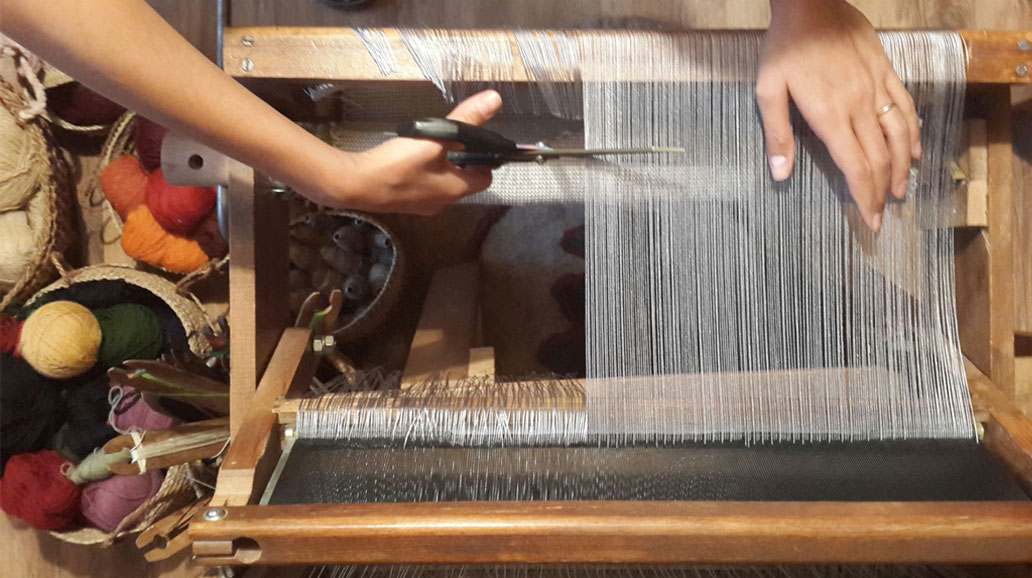

Weaving has become my language — a way of thinking and questioning. Today, humanity is losing its connection to the past. All of us have our roots in one Earth. To protect and preserve the links in the chain that connects us to our history and culture, we must take practical steps. In my work, mythology, history, anthropology, and psychology intertwine to explore deeper layers of culture and identity, connecting past to future. . Every day, many traditional and local crafts that have been passed down through thousands of years are being forgotten. To keep this beating heart alive, we must act — so that we are not left void of our past.
